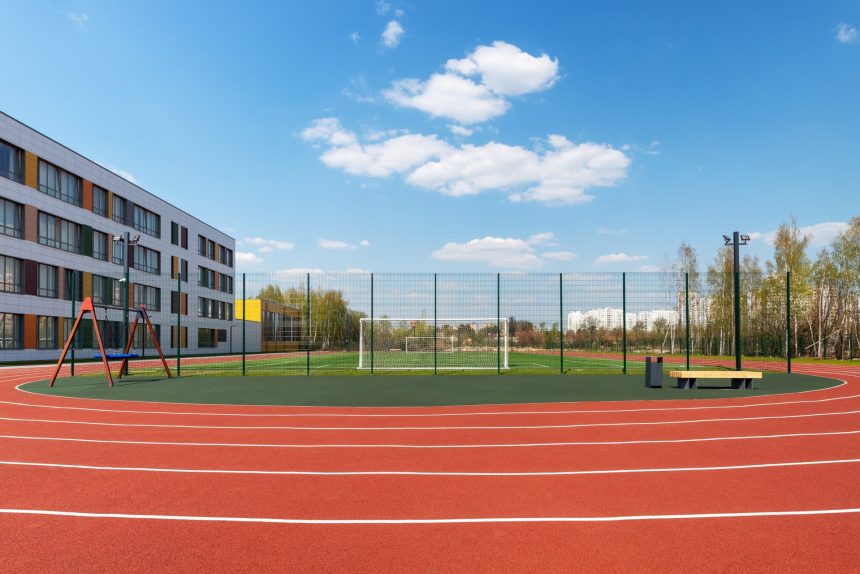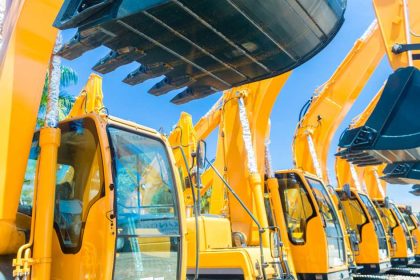Aussie schools are making a tactical shift towards constructing more sustainable sports facilities that could make the rest of the nation reevaluate the environmental footprint of our favourite sporting activities.
Universities, academies and colleges are laying the foundations to make their sports hubs even greener in a bid to reduce their environmental footprint one court, gym or field at a time.
A notable change in priorities has emerged over recent years, with innovation and sustainability now paramount when upgrading sports departments, particularly when it comes to those linked to education.
As the end of the 2024 academic calendar gets underway, education departments across Australia are preparing to continue that trend of sustainable renovations and upgrades, following others in the space.
Recent Sports Facility Rebuilds
Brighton Grammar School
Brighton Grammar School in Melbourne is an exemplary case of a school employing sustainable practices in sports facility reconstruction.
Its facilities, such as its FIFA-standard artificial turf soccer pitch, are designed to reduce waste and environmental impact.
The use of advanced technologies to incorporate recycled materials for surfaces, such as recycled rubbers, makes it safer for students while simultaneously reusing waste products.
And now, thanks to the first-ever turf recycling facility in far-north Victoria, Brighton Grammar and other schools can recycle their artificial pitch at the end of its useable life instead of going to landfill, creating a circular economy in the sports surface industry.
Geelong College
Geelong College’s new synthetic hockey pitch is another impressive example. The school uses a sustainable shock pad made from recycled materials underneath its new artificial turf to demonstrate the possibilities of combining athletics with environmental responsibility.
Another aspect of sustainability is durability. At Geelong College, the artificial surfaces are designed to withstand intense usage and are more durable than natural grass pitches, which tend to wear out quickly.
The University of Queensland
The University of Queensland’s 2020 construction of a synthetic rugby field incorporates a subsurface water collection system, which collects and reuses rainwater, promoting water conservation.
This approach provides a cost-effective way to tackle the country’s harsh climate, with the water-saving aspect of artificial turf a critical solution in drought conditions.
Community Partnerships
In addition, schools are taking more proactive steps to partner with sustainability-focused facilities.
This comes as part of their off-campus sports programs or as a drive to promote co-education spaces.
Sydney Olympic Park Aquatic Centre is one example which is frequented by a number of schools and universities.
Aside from its Olympic-sized pools, the centre has world-class training and recovery facilities while also incorporating a solar heating system for the pool to cut down on traditional energy sources.
Using a shared space has several key benefits, such as allowing participants to have access to better equipment and training environments while also cutting down on the running costs and carbon footprint of managing a private facility.
Sports facility rebuilds in 2024
As schools open for the year, current directions predict that more education facilities will look to rebuild their sports facilities with a more environmentally conscious focus.
That’s good news for those forward-thinking companies within the construction sector as more sports facility renovations are rebuilt with the environment and sustainability in mind.
This sustainable-focused approach is part of a larger societal shift as Aussies reconsider how we design, build and maintain our spaces to fulfil the nation’s net-zero by 2050 carbon emissions target.







